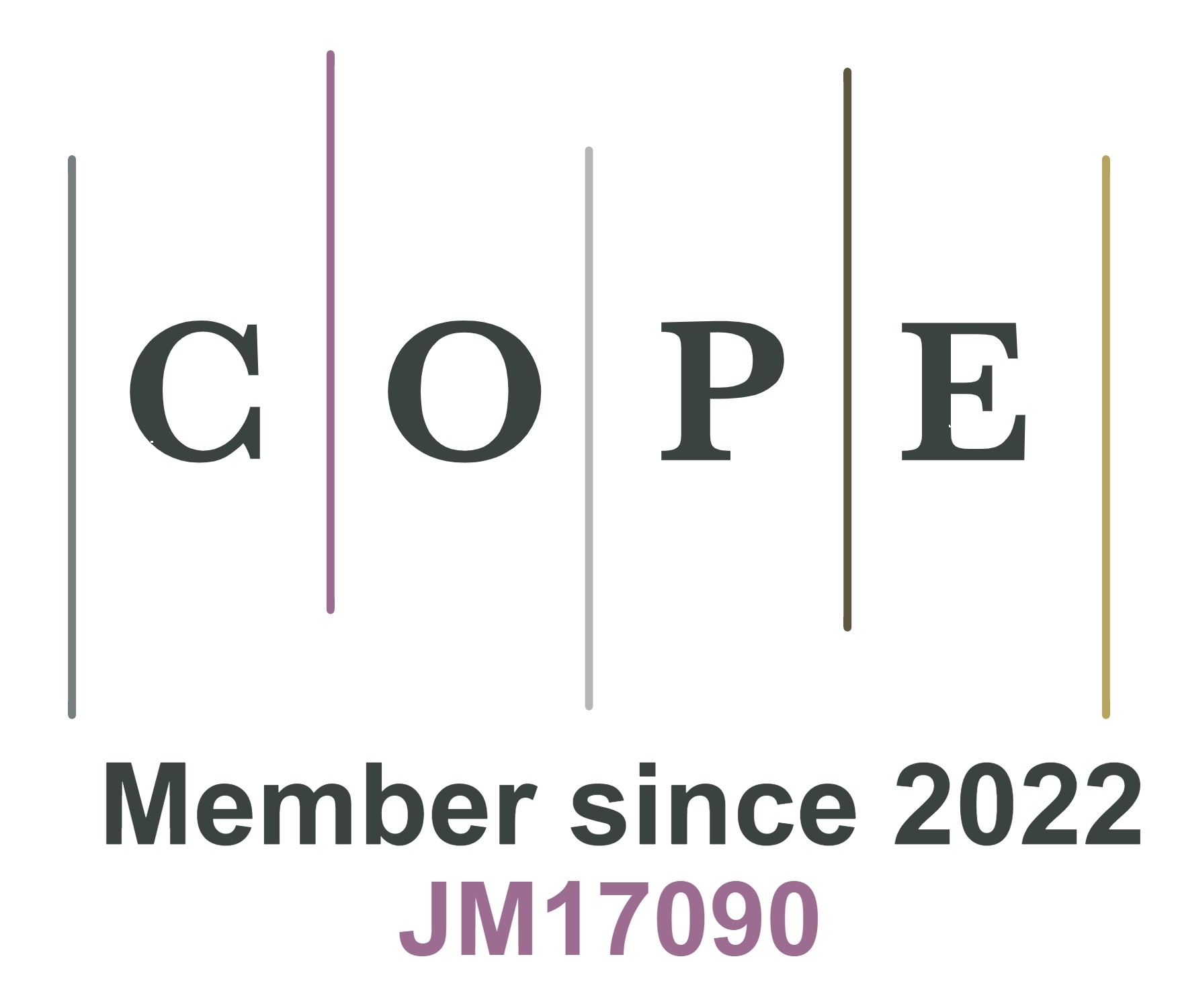REFERENCES
1. Pietryga JM, Park YS, Lim J, et al. Spectroscopic and device aspects of nanocrystal quantum dots. Chem Rev 2016;116:10513-622.
2. Yang Z, Gao M, Wu W, et al. Recent advances in quantum dot-based light-emitting devices: challenges and possible solutions. Mater Today 2019;24:69-93.
3. Dai X, Deng Y, Peng X, Jin Y. Quantum-dot light-emitting diodes for large-area displays: towards the dawn of commercialization. Adv Mater 2017;29:1607022.
4. Han C, Yang H. Development of colloidal quantum dots for electrically driven light-emitting devices. J Korean Ceram Soc 2017;54:449-69.
5. Lin Q, Zhu Y, Wang Y, et al. Flexible quantum dot light-emitting device for emerging multifunctional and smart applications. Adv Mater 2023;35:e2210385.
6. Kim DC, Seung H, Yoo J, et al. Intrinsically stretchable quantum dot light-emitting diodes. Nat Electron 2024;7:365-74.
8. Mashford BS, Stevenson M, Popovic Z, et al. High-efficiency quantum-dot light-emitting devices with enhanced charge injection. Nature Photon 2013;7:407-12.
9. Lu M, Zhang Y, Wang S, Guo J, Yu WW, Rogach AL. Metal halide perovskite light-emitting devices: promising technology for next-generation displays. Adv Funct Mater 2019;29:1902008.
10. Chen O, Zhao J, Chauhan VP, et al. Compact high-quality CdSe-CdS core-shell nanocrystals with narrow emission linewidths and suppressed blinking. Nat Mater 2013;12:445-51.
11. Hu S, Shabani F, Liu B, et al. High-performance deep red colloidal quantum well light-emitting diodes enabled by the understanding of charge dynamics. ACS Nano 2022;16:10840-51.
12. Yang SJ, Oh JH, Kim S, Yang H, Do YR. Realization of InP/ZnS quantum dots for green, amber and red down-converted LEDs and their color-tunable, four-package white LEDs. J Mater Chem C 2015;3:3582-91.
13. Liu P, Lou Y, Ding S, et al. Green InP/ZnSeS/ZnS core multi-shelled quantum dots synthesized with aminophosphine for effective display applications. Adv Funct Mater 2021;31:2008453.
14. Ramasamy P, Kim N, Kang Y, Ramirez O, Lee J. Tunable, bright, and narrow-band luminescence from colloidal indium phosphide quantum dots. Chem Mater 2017;29:6893-9.
15. Cao F, Wang S, Wang F, Wu Q, Zhao D, Yang X. A layer-by-layer growth strategy for large-size InP/ZnSe/ZnS core–shell quantum dots enabling high-efficiency light-emitting diodes. Chem Mater 2018;30:8002-7.
16. Tamang S, Lincheneau C, Hermans Y, Jeong S, Reiss P. Chemistry of InP nanocrystal syntheses. Chem Mater 2016;28:2491-506.
17. Song W, Lee S, Yang H. Fabrication of warm, high CRI white LED using non-cadmium quantum dots. Opt Mater Express 2013;3:1468-73.
18. Kim K, Jo J, Jo D, et al. Cation-exchange-derived InGaP alloy quantum dots toward blue emissivity. Chem Mater 2020;32:3537-44.
19. Lad AD, Mahamuni S. Effect of ZnS shell formation on the confined energy levels of ZnSe quantum dots. Phys Rev B 2008;78:125421.
20. Li Z, Wei J, Wang F, et al. Carrier dynamics in alloyed chalcogenide quantum dots and their light-emitting devices. Adv Energy Mater 2021;11:2101693.
21. Li L, Reiss P. One-pot synthesis of highly luminescent InP/ZnS nanocrystals without precursor injection. J Am Chem Soc 2008;130:11588-9.
22. Ryu E, Kim S, Jang E, et al. Step-wise synthesis of InP/ZnS core−shell quantum dots and the role of zinc acetate. Chem Mater 2009;21:573-5.
23. Kim S, Kim T, Kang M, et al. Highly luminescent InP/GaP/ZnS nanocrystals and their application to white light-emitting diodes. J Am Chem Soc 2012;134:3804-9.
24. Park JP, Lee JJ, Kim SW. Highly luminescent InP/GaP/ZnS QDs emitting in the entire color range via a heating up process. Sci Rep 2016;6:30094.
25. Xu Y, Lv Y, Wu R, et al. Preparation of highly stable and photoluminescent cadmium-free InP/GaP/ZnS core/shell quantum dots and application to quantitative immunoassay. Part Part Syst Char 2020;37:1900441.
26. Li Y, Hou X, Dai X, et al. Stoichiometry-controlled InP-based quantum dots: synthesis, photoluminescence, and electroluminescence. J Am Chem Soc 2019;141:6448-52.
27. Lim J, Bae WK, Lee D, et al. InP@ZnSeS, core@composition gradient shell quantum dots with enhanced stability. Chem Mater 2011;23:4459-63.
28. Hahm D, Chang JH, Jeong BG, et al. Design principle for bright, robust, and color-pure InP/ZnSexS1-x/ZnS heterostructures. Chem Mater 2019;31:3476-84.
29. Jo J, Jo D, Lee S, et al. InP-based quantum dots having an InP core, composition-gradient ZnSeS inner shell, and ZnS outer shell with sharp, bright emissivity, and blue absorptivity for display devices. ACS Appl Nano Mater 2020;3:1972-80.
30. Lee SH, Kim Y, Jang H, et al. The effects of discrete and gradient mid-shell structures on the photoluminescence of single InP quantum dots. Nanoscale 2019;11:23251-8.
31. Kim Y, Ham S, Jang H, et al. Bright and uniform green light emitting InP/ZnSe/ZnS quantum dots for wide color gamut displays. ACS Appl Nano Mater 2019;2:1496-504.
32. Won YH, Cho O, Kim T, et al. Highly efficient and stable InP/ZnSe/ZnS quantum dot light-emitting diodes. Nature 2019;575:634-8.
33. Cui J, Beyler AP, Marshall LF, et al. Direct probe of spectral inhomogeneity reveals synthetic tunability of single-nanocrystal spectral linewidths. Nat Chem 2013;5:602-6.
34. Cros-Gagneux A, Delpech F, Nayral C, Cornejo A, Coppel Y, Chaudret B. Surface chemistry of InP quantum dots: a comprehensive study. J Am Chem Soc 2010;132:18147-57.
35. Choi S, Kim H, Yoon S, et al. Aminophosphine-derived, high-quality red-emissive InP quantum dots by the use of an unconventional in halide. J Mater Chem C 2022;10:2213-22.
36. Li H, Zhang W, Bian Y, Ahn TK, Shen H, Ji B. ZnF2-assisted synthesis of highly luminescent InP/ZnSe/ZnS quantum dots for efficient and stable electroluminescence. Nano Lett 2022;22:4067-73.
37. Xi L, Cho DY, Besmehn A, et al. Effect of zinc incorporation on the performance of red light emitting InP core nanocrystals. Inorg Chem 2016;55:8381-6.
38. Koh S, Eom T, Kim WD, et al. Zinc–phosphorus complex working as an atomic valve for colloidal growth of monodisperse indium phosphide quantum dots. Chem Mater 2017;29:6346-55.
39. Kim K, Suh Y, Kim D, et al. Zinc oxo clusters improve the optoelectronic properties on indium phosphide quantum dots. Chem Mater 2020;32:2795-802.
40. Nemoto K, Watanabe J, Sun HT, Shirahata N. Coherent InP/ZnS core@shell quantum dots with narrow-band green emissions. Nanoscale 2022;14:9900-9.
41. Cho E, Jang H, Lee J, Jang E. Modeling on the size dependent properties of InP quantum dots: a hybrid functional study. Nanotechnology 2013;24:215201.
42. Taylor DA, Teku JA, Cho S, Chae W, Jeong S, Lee J. Importance of surface functionalization and purification for narrow FWHM and bright green-emitting InP core–multishell quantum dots via a two-step growth process. Chem Mater 2021;33:4399-407.
43. Jo J, Jo D, Choi S, et al. Highly bright, narrow emissivity of InP quantum dots synthesized by aminophosphine: effects of double shelling scheme and Ga treatment. Adv Opt Mater 2021;9:2100427.
44. Kim TG, Zherebetskyy D, Bekenstein Y, et al. Trap passivation in indium-based quantum dots through surface fluorination: mechanism and applications. ACS Nano 2018;12:11529-40.
45. Xu S, Ziegler J, Nann T. Rapid synthesis of highly luminescent InP and InP/ZnS nanocrystals. J Mater Chem 2008;18:2653-6.
46. Tessier MD, Baquero EA, Dupont D, et al. Interfacial oxidation and photoluminescence of InP-based core/shell quantum dots. Chem Mater 2018;30:6877-83.
47. Ubbink RF, Almeida G, Iziyi H, et al. A water-free in situ HF treatment for ultrabright InP quantum dots. Chem Mater 2022;34:10093-103.
48. Anderson NC, Hendricks MP, Choi JJ, Owen JS. Ligand exchange and the stoichiometry of metal chalcogenide nanocrystals: spectroscopic observation of facile metal-carboxylate displacement and binding. J Am Chem Soc 2013;135:18536-48.
49. Kirkwood N, Monchen JOV, Crisp RW, et al. Finding and fixing traps in II-VI and III-V colloidal quantum dots: the importance of Z-type ligand passivation. J Am Chem Soc 2018;140:15712-23.
50. Purcell-milton F, Chiffoleau M, Gun’ko YK. Investigation of quantum dot–metal halide interactions and their effects on optical properties. J Phys Chem C 2018;122:25075-84.
51. Calvin JJ, Swabeck JK, Sedlak AB, Kim Y, Jang E, Alivisatos AP. Thermodynamic investigation of increased luminescence in indium phosphide quantum dots by treatment with metal halide salts. J Am Chem Soc 2020;142:18897-906.
52. Tessier MD, Dupont D, De Nolf K, De Roo J, Hens Z. Economic and size-tunable synthesis of InP/ZnE (E = S, Se) colloidal quantum dots. Chem Mater 2015;27:4893-8.
53. Zhu Y, Shen C, Xu X, et al. Photoluminescence properties of InP/GaP/ZnS core/shell/shell colloidal quantum dots treated with halogen acids. J Lumin 2023;256:119651.
54. Jun B, Lee HK, Park Y, Kwon Y. Degradation of full aromatic polyamide NF membrane by sulfuric acid and hydrogen halides: change of the surface/permeability properties. Polym Degrad Stabil 2019;162:1-11.
55. Park J, Won YH, Kim T, Jang E, Kim D. Electrochemical charging effect on the optical properties of InP/ZnSe/ZnS quantum dots. Small 2020;16:e2003542.
56. Li H, Bian Y, Zhang W, et al. High performance InP-based quantum dot light-emitting diodes via the suppression of field-enhanced electron delocalization. Adv Funct Mater 2022;32:2204529.










